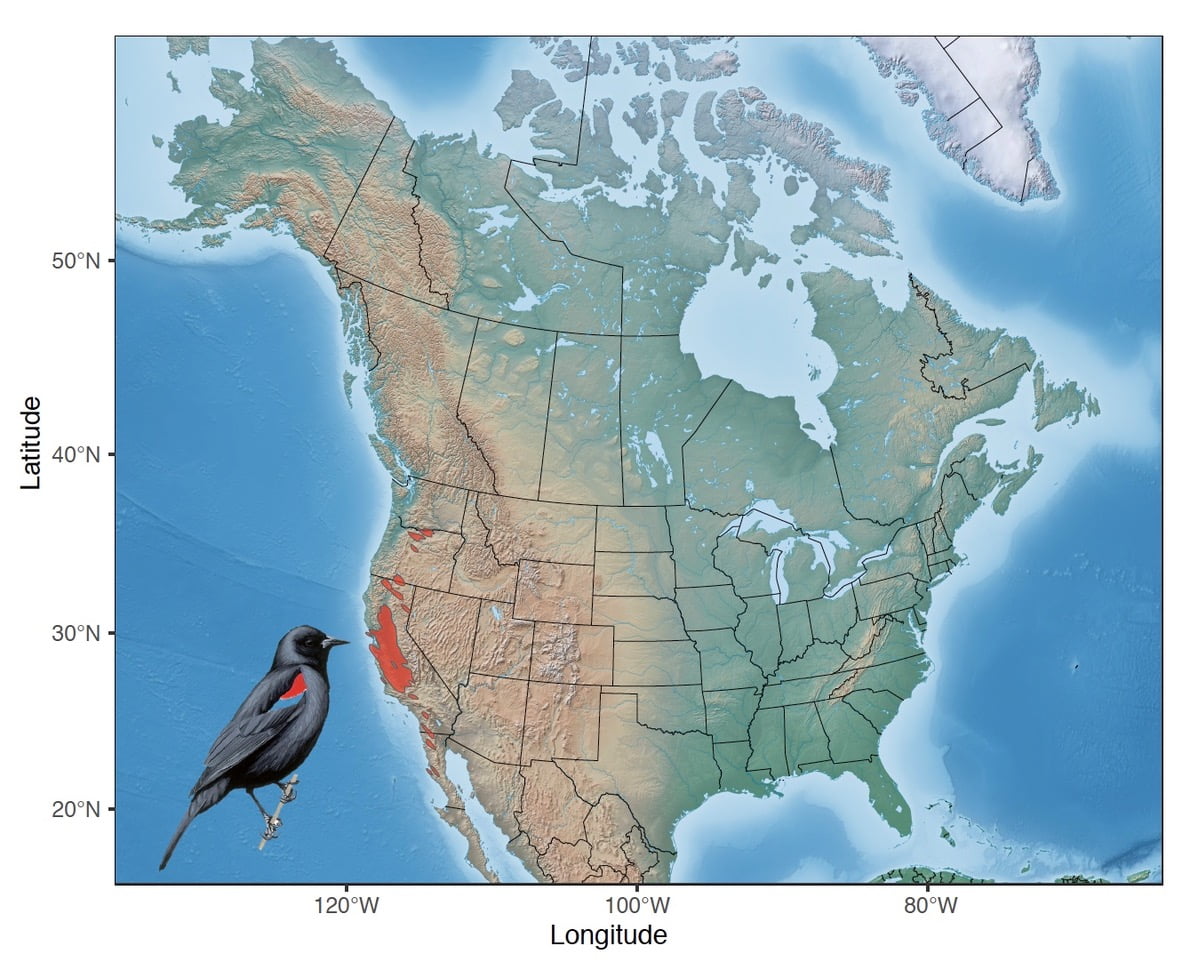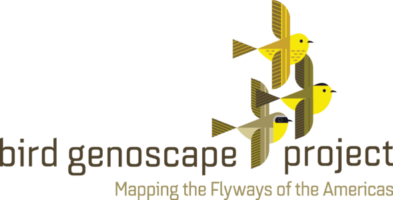Tricolored Blackbird
A near endemic to California, Tricolored Blackbird (Agelaius tricolor) populations throughout the state have crashed over the previous century. While this colonial songbird was once thought to number into the millions, recent surveys in the state accounted for ~150,000 Tricolored Blackbirds in 2014. This most recent survey suggested a 44% decline from a previous survey in 2011 which itself had captured a 34% decline since 2008. The species was recently listed as Endangered by the state of California and is currently under review for federal protection. With funding from the UC Conservation Genomics Consortium and the UCLA La Kretz Center, we analyzed population genomic structure and genetic diversity patterns among extant Tricolored Blackbird breeding groups to facilitate the considerable on-going conservation efforts by state and federal agencies, non-governmental organizations, and private companies. Despite receiving samples from across the breeding range, we only identified a single genetically distinct population.

Genoscape of the Tricolored Blackbird (Agelaius tricolor) showing the single genetic group in red. Tricolored Blackbird Image by © Birds of the World
Publications:
Barr K, Beichman A, Kalhori P, Rajbhandary J, Bay R, Ruegg K, and T Smith. 2020. Persistent Panmixia Despite Extreme Habitat Loss and Population Decline in the Threatened Tricolored Blackbird (Agelaius tricolor). Evolutionary Applications 14: 674-684
Access to Sequencing Data:
Team:
Annabel C. Beichman, UCLA
Pooneh Kalhori, UCLA
Jasmine Rajbhandary, UCLA
Rachael A. Bay, UC Davis
C. Wyckoff, Santa Lucia Conservancy
E. Graves, UC Davis
R. Meese, UC Davis
J. Bahm, US Department of Agriculture
Holt Ag Solultions
V. Le
